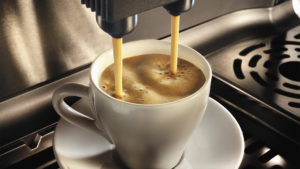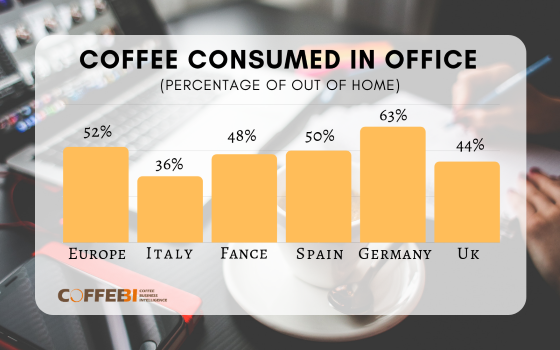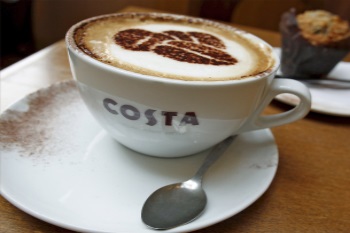Europe and the espresso machine market 2016
According to a recent survey by CoffeeBI, customers’ main criteria when making an espresso machine purchasing decision was “price”, the “ability to provide technical assistance” and the “front staff professionalism”. These three items received a higher score among the 10 that were put to the vote among manufacturers.
Other main criteria listed were the “punctuality in delivering”, as well as two items linked to the product: “aesthetic qualities of machines” and “innovation”.
 Among the countries analysed, a few differences can be highlighted. In Germany, for example, “punctuality in delivering” and “after sales technical assistance” received the highest scores. In France, “front staff professionalism” and “brand fame” were important. In Italy and Spain, the “price” and the “technical assistance” were very important while in the UK “front staff professionalism” and “innovation” were the main characteristics selected.
Among the countries analysed, a few differences can be highlighted. In Germany, for example, “punctuality in delivering” and “after sales technical assistance” received the highest scores. In France, “front staff professionalism” and “brand fame” were important. In Italy and Spain, the “price” and the “technical assistance” were very important while in the UK “front staff professionalism” and “innovation” were the main characteristics selected.
In all countries, the “availability of merchandising material” was not considered relevant in the choice of a supplier.
Another part of the survey @IBCLeaders to understand which were the main technical characteristics appreciated by customers.
According to machine manufacturers, “automatic cleaning” and “energy savings” were the two main technical characteristics most requested in these past few years.
In Germany and the UK, more customers chose machines with “display touch” and “telemetryhave a potential market of about 880,000 establishments. Italy’s large number of cafés and restaurants represent 39 per cent of the total, followed by France with 21 per cent for its approximately 149,000 restaurants.
The United Kingdom has the largest number of hotel establishments at about 39,000.
Coffee is a large part of Italian culture, explaining the large number of cafés (about 148,000).
With so many possible distribution points for coffee machines, few machines are sold direct from the manufacturer to the establishment. Most manufacturers use in large part intermediaries like coffee roasters, coffee merchants or other distributors of bar equipment.
In the five countries analysed, only 10 per cent of new coffee machines are distributed directly from manufacturers, while 59 per cent pass through coffee roasters and 31 per cent through other distributors.
Each country has its own peculiarities. In Italy and Spain, for example, coffee roasters represent about 80 per cent of distribution, while in Germany 55 per cent of machines pass through HoReCa distributors and 20 per cent are supplied directly from manufacturers.
In France, coffee roasters control the distribution with 71 per cent while, in the United Kingdom, roasters control around 55 per cent. In France, distributors are generally small and local, while in the UK, they are national with capillary territorial presence. systems”. In France, machines that included “auto-grind” were well appreciated. In Italy and Spain “automatic cleaning machines” received the highest scores.



